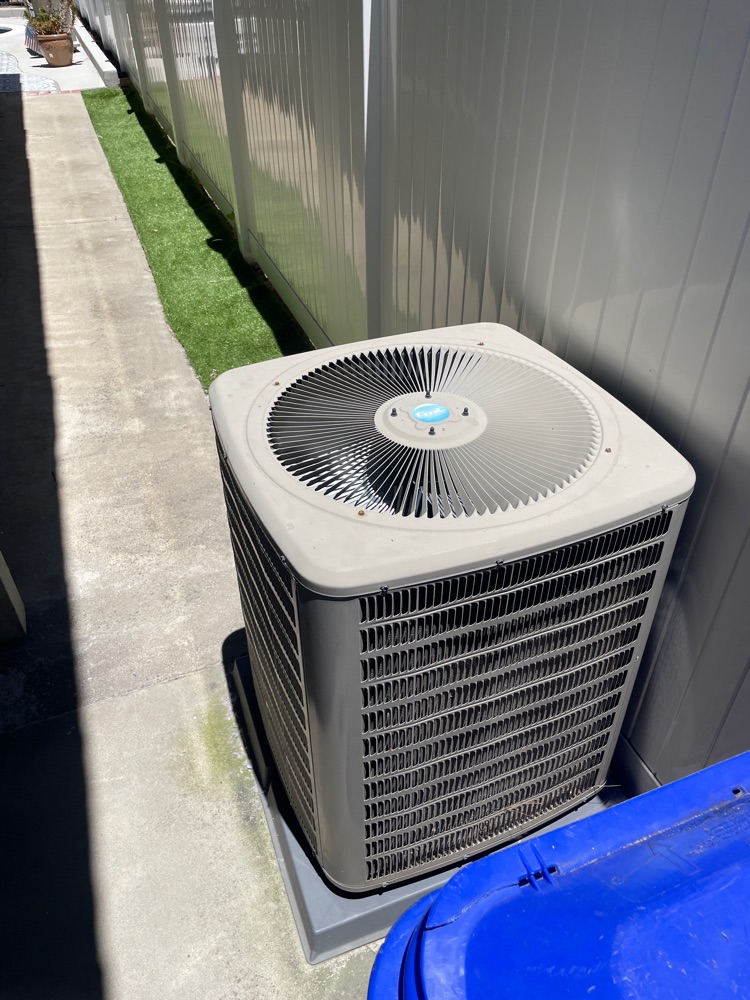Before claiming that the air conditioner does not heat, it is important to know whether you eliminated all existing issues. Do not panic if the air does not heat up, you should wait a little after the air conditioner has been switched to heating mode. At the same time, it is not recommended to convulsively press all the buttons on the remote control, pull the wires and try to disassemble the device case. With a typical split-system central air conditioner, the evaporator coil is often located inside the home or garage, as a part of the air handler unit. If the indoor unit is a furnace, the evaporator coil is typically mounted where the outgoing air flows. If it’s a fan coil, the evaporator coil is typically located inside the fan coil cabinet.
You may have a frozen evaporator coil if you notice:
- Higher utility bills
- Inadequate cooling
- Excessive condensate drainage near your indoor unit
- Frost or ice forming on the copper refrigerant lines coming from your evaporator coil cabinet
- Frost forming on exterior refrigerant tubing or the outdoor unit
Issues that can lead to a frozen evaporator coil include an excessive buildup of dust, dirt or other pollutants on the evaporator coil, dirty or clogged air filter, buildup of dust, dirt or debris on the outdoor condensing unit and low refrigerant levels. Continuing to operate the system with a frozen evaporator coil can cause serious damage to the coil and a potentially costly repair. Because the evaporator coil is typically not easily accessible and troubleshooting an air conditioner’s refrigerant levels should be handled by a professional contractor, we recommend you shut down the system and contact your local Carrier dealer when you have a frozen evaporator coil. Do not attempt to troubleshoot refrigerant or electrical issues yourself. If, after a certain period of time, the system does not warm up the air, then this is a reason to suspect that a malfunction has appeared in it.



















